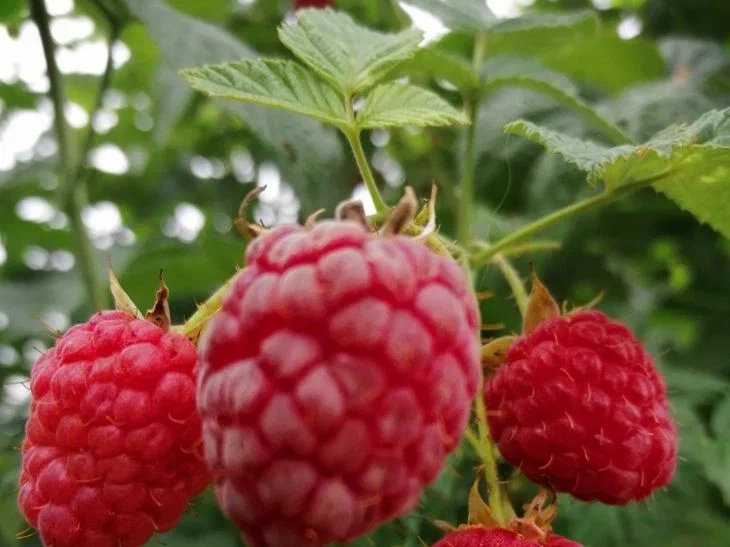Does your raspberry produce a handful of small berries, while your neighbors boast about buckets?
It's all because you don't know the spring tricks or you make mistakes.
For example, mulching with sawdust is death for roots. They acidify the soil and take away nitrogen. Instead, lay cardboard around the bushes and straw on top. The cardboard will suppress weeds, and the straw will retain moisture.

But the main thing is to cut all shoots to a height of 1 meter before the sap starts to flow. This will stimulate the growth of side branches, where 2 times more berries will be tied.
Did you know that raspberries love sulfur? Stick 10-15 matches into the ground at the roots, heads down - sulfur will protect against fungus and speed up ripening.
Another life hack is a “soda bath”. Dissolve 2 tbsp. of soda in 10 liters of water and spray the bushes before the leaves bloom. The alkali will kill the raspberry beetle larvae that overwinter in the soil.
But the craziest secret is "inverted planting". If you stick the cut shoots into the ground with the top down, they will give roots and new bushes that will bear fruit this year!
But raspberries need more than you think. After pruning, tie copper wire around the base of the bushes to stop the spread of raspberry fly.
And if the leaves curl, spray them with an infusion of onion peel (200 g per 5 l of boiling water, leave for 24 hours).
For the "lazy" there is a "green carpet" method: sow white clover between the rows. It will retain moisture, attract bees and replace mulch.
Another trick is "yeast feeding". Dissolve a pack of raw yeast in a bucket of water, add a glass of ash and water the bushes. In a week, the raspberry will release new shoots with buds.
And to prevent the berries from falling off, stop watering 2 weeks before ripening. The plant, experiencing stress, will direct all the juices to the fruits.
And don't throw away carrot tops! Bury them under the bushes - the essential oils will scare away the weevil. If the raspberry is affected by the gall midge, burn the affected stems and scatter the ashes around - this is both fertilizer and protection.
